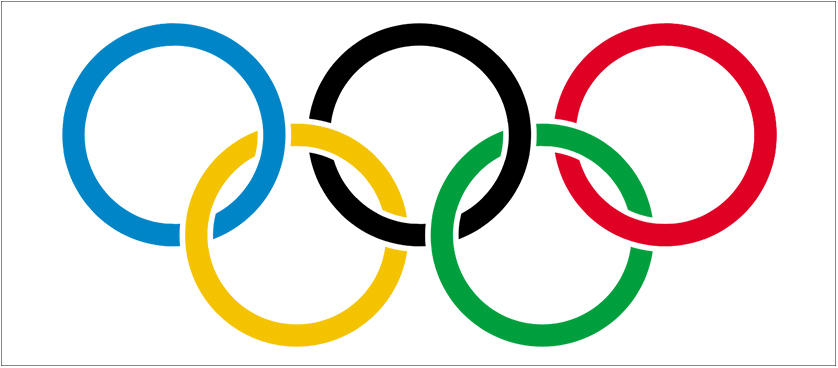Performance management and sport federations
Given the recent Winter Olympics sports competition, a discussion about performance management and sport federations is proposed in the following article. This topic has been addressed by a series of studies, conducted by Winand and Zintz, along with colleagues Bayle, Robinson and Scheerder. In the first study, conducted in 2010, they raised the issue of the necessity of implementing measurement strategies and protocols for enhancing the organizational success of the Chairs of 13 Olympic sports governing bodies.
They screened for a broad range of aspects, from % Customer retention, to % Retained earnings. The model they propose was aimed at measuring performance by taking into account five dimensions, namely: sports, customers, communication and image, finance and organizational, which were subsequently assessed by quantitative performance indicators.
The measurement referred to the manner in which systemic goals and missions are accomplished, along with each strategic objective. The results have lead the authors to identify four strategic orientations:
- Sustain: Support the organization in achieving a higher level of performance, as compared to their previous high achievements;
- Improvement: Help the organization reach a higher level of performance, as compared to their previous low achievements;
- Keep: Maintain the current performance level;
- Not sustain: Not sustaining the organization, given a lack of resources.
Given their findings, the authors have recommended that sport governing bodies should invest in selecting and implementing strategic objectives they would choose to invest in, in order to accurately prioritize them. They specify that an accurate prioritization of strategic goals will provide them with the opportunity to enhance their performance, irrespective of their current level.
Subsequently, in 2012, Winand, Zintz & Scheerder conducted another study, aimed at developing a tool to manage financial performance in sports federations, motivating that this is a requirement in order to enhance the potential of a given sports organization.
They have adapted Ritchie and Kolodinsky’s factor analysis model, and developed a framework for financial performance measurement. They constructed six financial performance related categories, respectively: public funds dependence, financial balance, attraction of resource, financial budget, member services investment and elite services investment. These represented the basis of a dynamic strategic management tool.
The implications of their findings help sports federations’ managers in taking strategic decisions, which will enhance their organizations’ overall performance, based upon a management tool where categories are related to each other, to form a more accurate response.
References
- Winand, M., Zintz, T., Bayle, E., & Robinson, L. (2010), Organizational performance of Olympic sport governing bodies: dealing with measurement and priorities, Managing Leisure, 15(4), 279-307
- Winand, M., Zintz, T., & Scheerder, J. (2012), A financial management tool for sport federations, Sport, Business and Management: An International Journal, 2(3), 225-240
Image source:

Tags: Olympic Games, Performance Management, Sports performance






